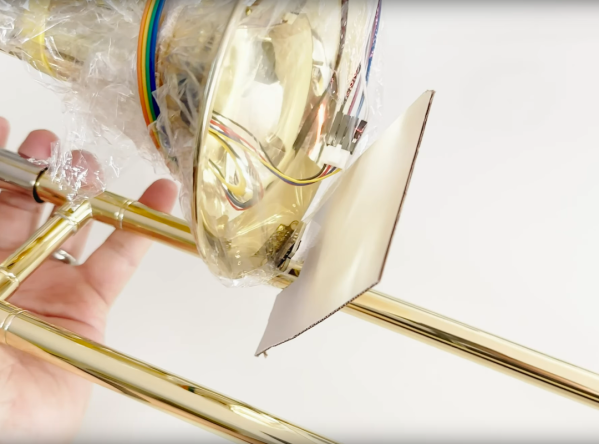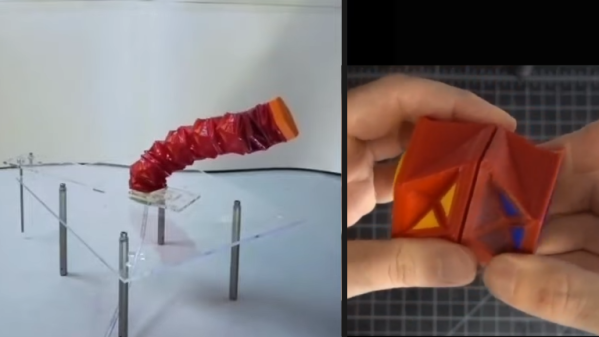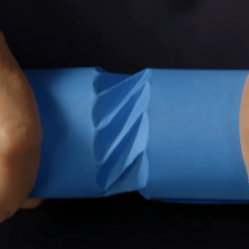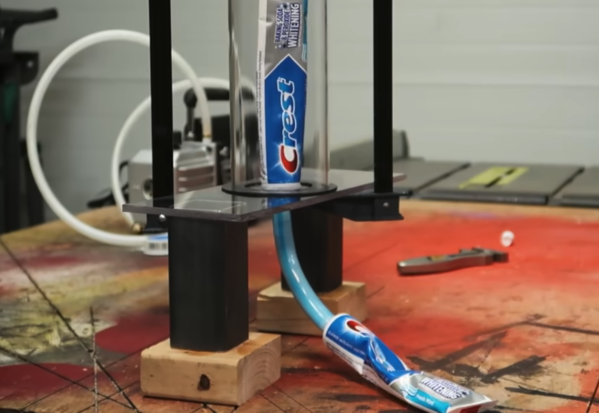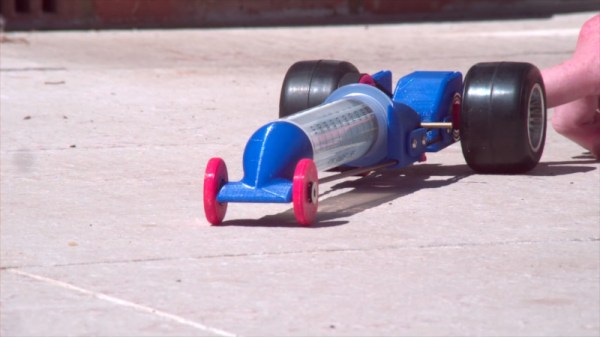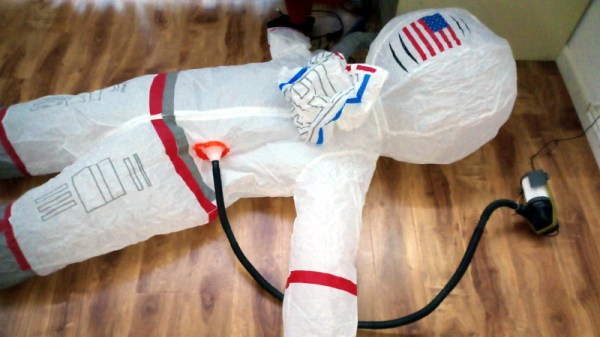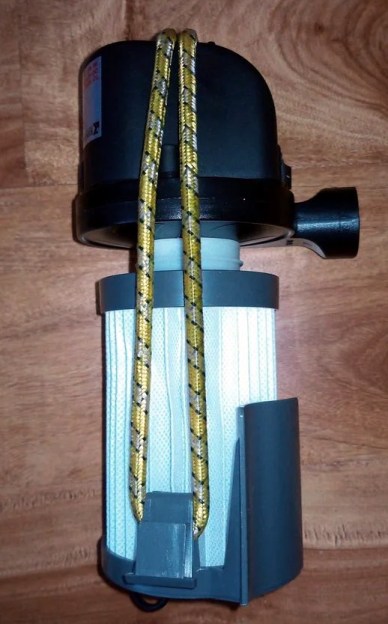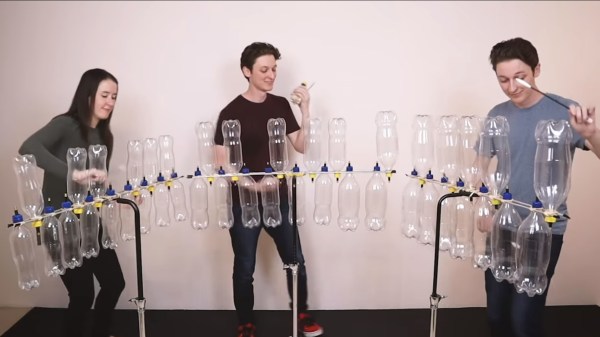Although a somewhat common feature on cars these days, tire pressure sensors (TPS) are also useful on bicycles. The SKS Airspy range of TPS products is one such example, which enables remote monitoring of the air pressure either to a special smartphone app (SKS MYBIKE) or to a Garmin device. Of course, proprietary solutions like this require reverse-engineering to liberate the hardware from nasty proprietary firmware limitations, which is exactly what [bitmeal] did with a custom firmware project.
Rather than the proprietary and closed communication protocol, the goal was to use the open ANT+ sensor instead, specifically the (non-certified) TPS profile which is supported by a range of cycling computers. Before this could happen the Airspy TPS hardware had to be first reverse-engineered so that new firmware could be developed and flashed. These devices use the nRF52832 IC, meaning that development tools are freely available. Flashing the custom firmware requires gaining access to the SWD interface, which will very likely void the warranty on a $160 – 240 device.
The SWD programmer is then attached to the 1.27 mm spaced SWD holes per the instructions on the GitHub page. After flashing the provided .hex file you can then connect to the TPS as an ANT+ device, but instructions are also provided for developing your own firmware.


